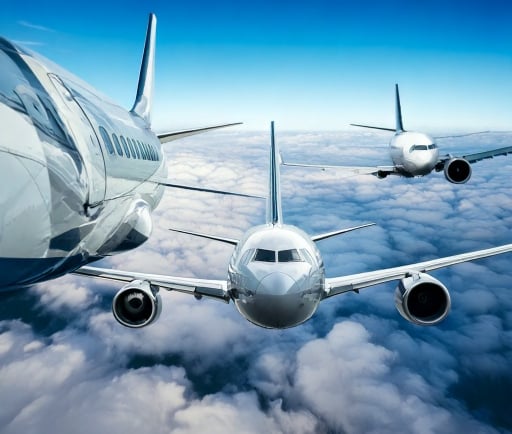Understanding Lift: The Essential Force Behind Flight


What is Lift?
Lift is a fundamental force in the study of aerodynamics and plays a crucial role in the mechanics of flight. It is defined as the upward force that counters the weight of an object, enabling it to ascend in the atmosphere. In simpler terms, lift is the push that allows things to move upward against the pull of gravity.
How Lift Works in Aviation
For an aircraft to gain altitude, it must generate more lift than its weight. This principle is essential for takeoff and flight. Aircraft wings are designed to create lift through their unique shape, known as an airfoil. As air flows over and under the wing, a difference in air pressure is created—lower pressure on the top surface and higher pressure on the bottom. This pressure difference results in the upward force known as lift, allowing the airplane to soar into the sky.
Lift in Hot Air Balloons
Lift is not limited to fixed-wing aircraft; it also applies to other flying objects, such as hot air balloons. A hot air balloon ascends because the hot air inside the envelope is lighter than the cooler air surrounding it. When the air inside the balloon is heated, it becomes less dense, which reduces its overall weight compared to the surrounding air. This buoyancy provides sufficient lift to elevate the balloon. As long as the air within the balloon remains heated, the balloon will continue to rise.
In conclusion, whether through the design of an airplane wing or the principles of buoyancy in a hot air balloon, lift is an essential force that allows various objects to fly. Understanding this crucial aspect of physics not only fascinates aspiring aviators and engineers but also enhances our comprehension of the natural world. The study of lift ultimately reveals the intricate balance of forces that govern flight and movement in the air.
